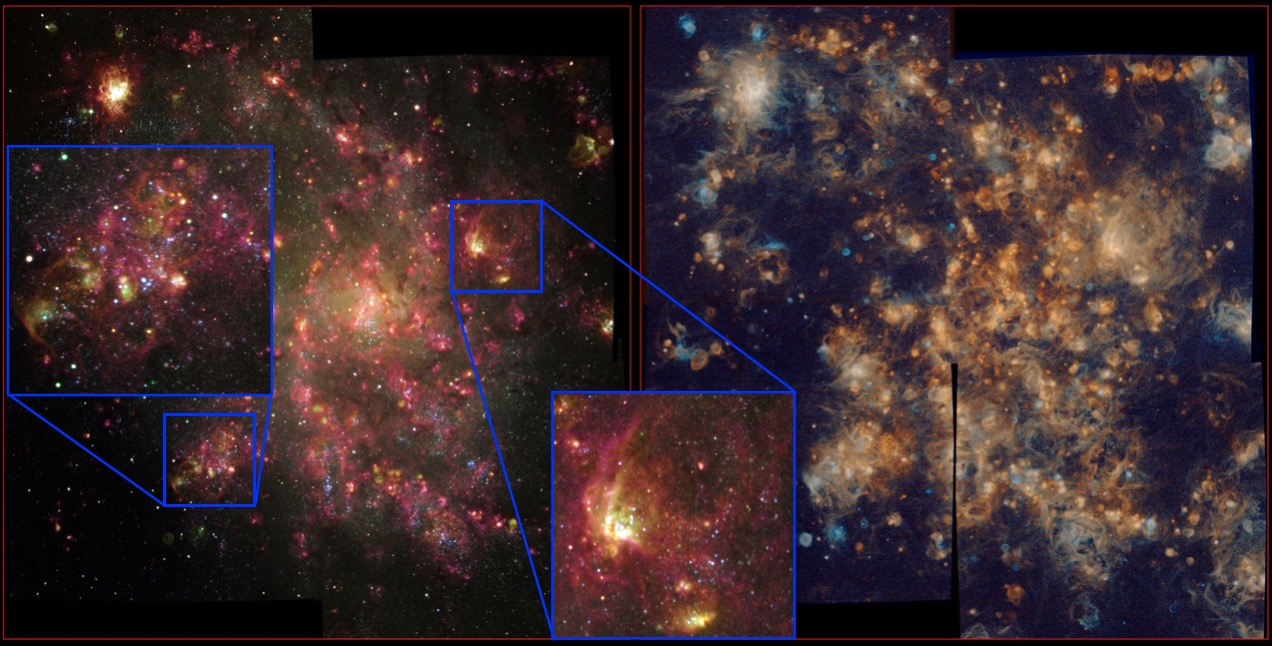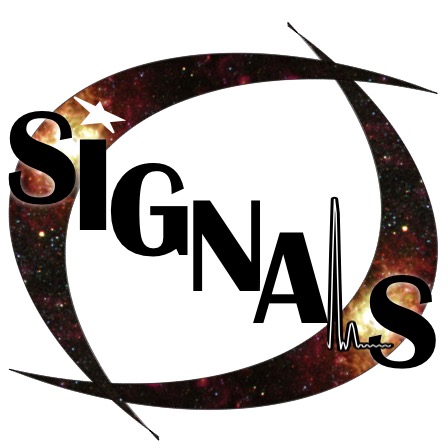The SIGNALS survey paper, led by PI Laurie Rousseau-Nepton, has been published in the Monthly Notices. The program will use the imaging Fourier transform spectrograph SITELLE at the Canada-France-Hawaii Telescope to provide a statistically reliable sample of over 50,000 HII regions. This makes SIGNALS the largest, most complete, and homogeneous database of spectroscopically and spatially resolved extragalactic HII regions ever assembled.
Broadly speaking, the science goals of SIGNALS as reported in the paper are:
- to quantify the impact of the surrounding environment on the star formation process;
- to link the feedback processes to the small-scale chemical enrichment and dynamics in the surroundings of star-forming regions; and
- to measure variations in the resolved star formation rate with respect to indicators used to characterize high-redshift galaxies.
The data contained in SIGNALS will allow for integrated spectral modeling, spatially resolved modeling, stellar population modeling, feedback processes impacting diffuse ionized gas and HII regions, the kinematics of HII regions, and the impact of the local environment.
Image: Figure 1 in Rousseau-Nepton et al. (2019). SIGNALS’ science verification data (a mosaic of four fields) of M33. On the left, a composite image using the three filters. It combines the three continua over the wavelength range of the filters plus one emission line for each: SN3 + Hα (red), SN2 + [OIII]λ5007 (green), and SN1 + [OII]λ3727 (blue). The blue squares are zooms in two areas to show additional details. On the right, to emphasize the ionized gas component, we used the emission line map of Hα, [OIII]λ5007, and [OII]λ3727 with different shades of orange, green, and blue, respectively.


Comments are closed